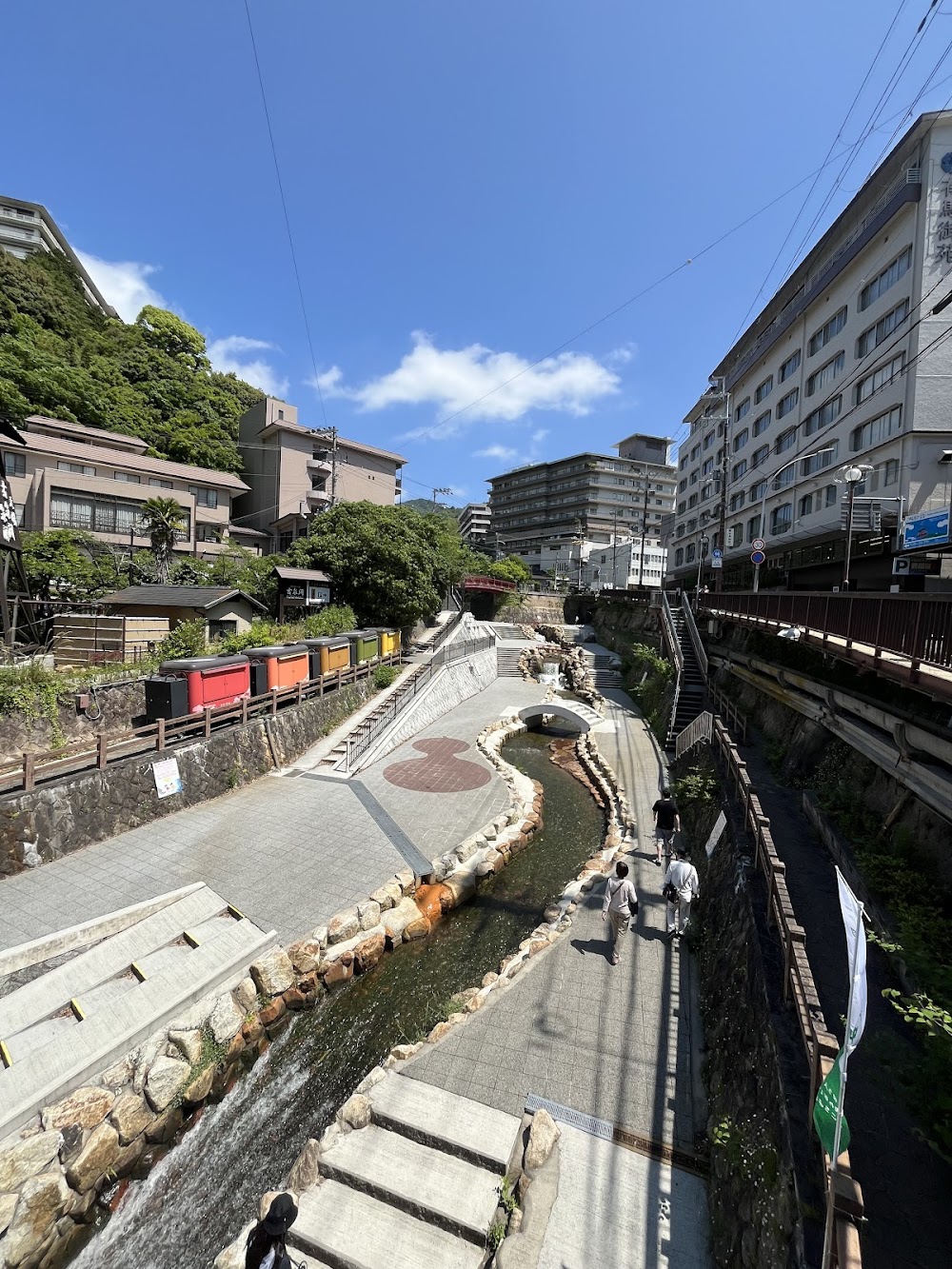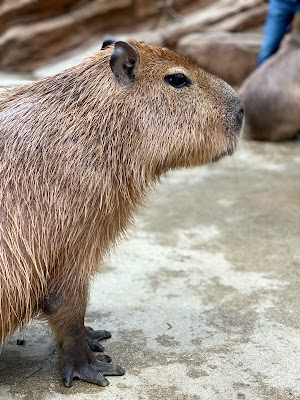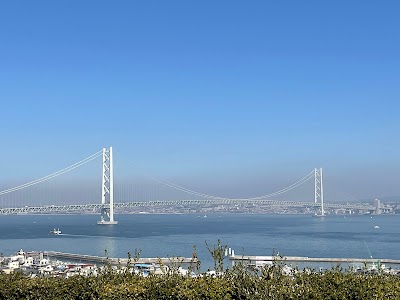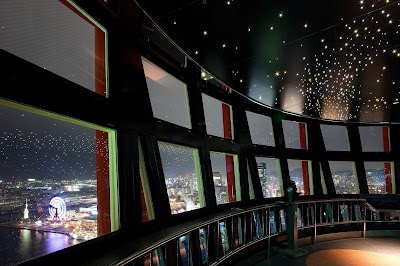Arima Onsen (有馬温泉)
Overview
Arima Onsen, nestled in the picturesque city of Kobe within Hyōgo Prefecture, is celebrated as one of Japan's oldest hot springs, boasting a rich history that spans over a millennium. Surrounded by the stunning Rokko Mountain range, this tranquil spa town invites relaxation and rejuvenation. According to local legend, the hot spring was discovered by two deities, Onamuchi no Mikoto and Sukunahikona no Mikoto, who stumbled upon three injured crows bathing in the healing waters. The miraculous springs restored the birds' health, leading the gods to unveil Arima Onsen to humanity.
The fame of Arima Onsen blossomed during the Nara period (710-794), attracting the attention of Japan's aristocracy. In the 12th century, the influential warlord Taira no Kiyomori frequented the hot springs, promoting their healing properties and further enhancing their reputation. By the Edo period (1603-1868), Arima Onsen had earned its place as one of Japan's three premier hot springs, alongside Kusatsu and Gero, drawing visitors from all over the nation.
What truly distinguishes Arima Onsen are its unique mineral-rich waters, divided into two categories: Kinsen (Golden Spring) and Ginsen (Silver Spring). The Kinsen waters, with their characteristic iron and salt content, are believed to alleviate ailments such as fatigue, arthritis, and skin disorders. In contrast, the Ginsen waters are infused with radium and carbonates, known for their effectiveness in relieving muscle pain and neuralgia.
The establishment of Arima Onsen's facilities tapped into the area's natural geothermal activity. Kinsen springs emerge from deep underground, while Ginsen waters flow from natural mineral sources. Traditional wooden inns, or ryokan, are central to the Arima experience, with some having welcomed guests for centuries. These ryokan skillfully blend historical charm with modern amenities, creating a welcoming atmosphere for all visitors.
Among the notable landmarks in Arima Onsen is the Arima Onsen Taiko no Yu, a large spa complex that features a variety of baths sourced from both Kinsen and Ginsen waters. Another significant site is the Onsen-ji Temple, constructed in the 7th century by the Buddhist monk Gyoki, who sought spiritual solace in the area's healing waters.
In recent years, Arima Onsen has embraced a harmonious blend of its historical heritage and contemporary appeal. Sleek modern hotels complement the traditional ryokan, presenting a diverse array of accommodations for travelers. Cultural festivals and events, such as the Arima Hashigozakura Matsuri in spring, celebrate the area's rich history and natural beauty, allowing visitors to engage with the vibrant local community.
Despite the passage of time and societal changes, Arima Onsen remains a cherished sanctuary for those in search of relaxation and healing. Its ancient legends, therapeutic waters, and the seamless fusion of tradition and modernity continue to captivate visitors, ensuring that this gem of Japan's cultural and natural heritage endures for generations to come.






